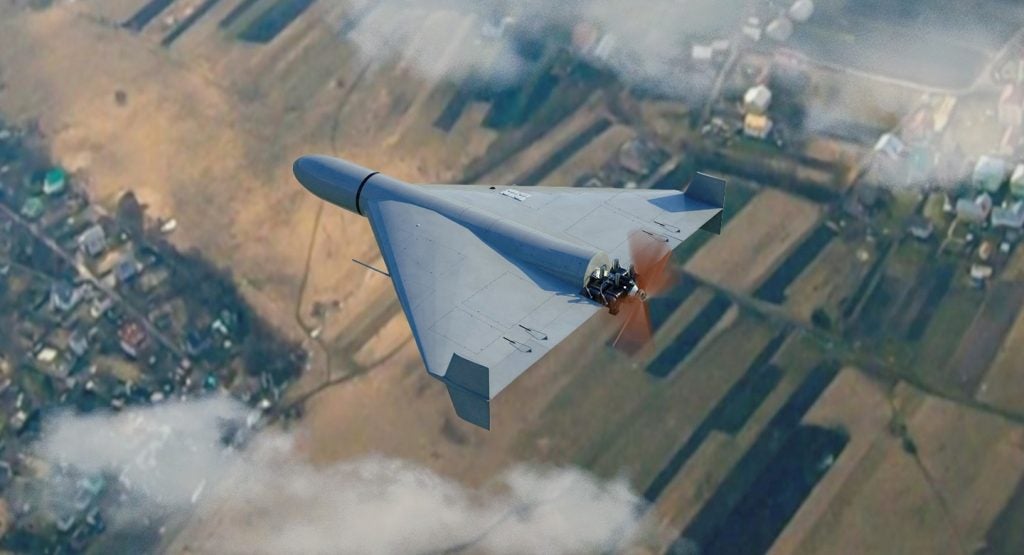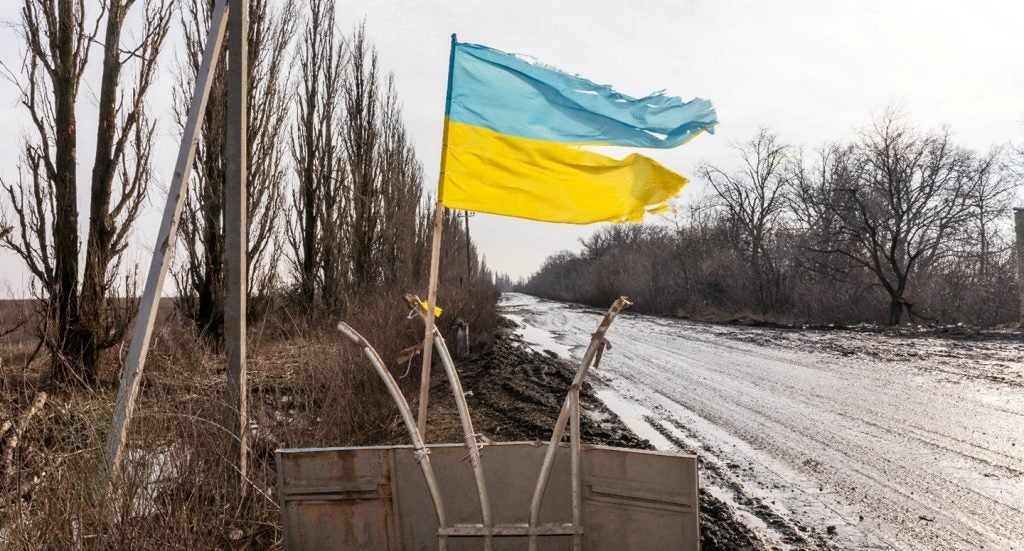Devon-based Supacat has successfully carried out the second round of ballistic tests on its SPV400, the contender for the UK Ministry of Defence’s Light Protected Patrol Vehicle (LPPV) programme.
During the tests, SPV400 demonstrated the upgrades and improvements, which were incorporated after the first round of testing in December 2009.
According to Supacat, the latest blast tests showed the protection levels of the vehicle were above the set standards for the LPPV programme and confirmed that the vehicle could be repaired quickly after a blast using the post-test formal repair analysis system.
Additional testing, focused away from the central V-shaped hull, also showed the value of mounting axles in sacrificial subframes fore and aft of the hull.
The SPV400 features an integrated protection system comprising a composite crew pod mounted on a V-shaped hull, which deflects the majority of any blast.
Supacat is scheduled to conduct another round of tests next month.
How well do you really know your competitors?
Access the most comprehensive Company Profiles on the market, powered by GlobalData. Save hours of research. Gain competitive edge.

Thank you!
Your download email will arrive shortly
Not ready to buy yet? Download a free sample
We are confident about the unique quality of our Company Profiles. However, we want you to make the most beneficial decision for your business, so we offer a free sample that you can download by submitting the below form
By GlobalDataAs part of the LPPV programme, the UK MoD purchased two vehicles from Supacat, Vehicle 02 and 03, which will participate in trials and risk reduction activities.







